Gallery Network
Phill Hopkins’s Impressionistic Landscapes Transform Painting Into a Form of Poetry
Presented by Kadip Gallery, London, the artist's landscapes investigate the boundaries of mark making.
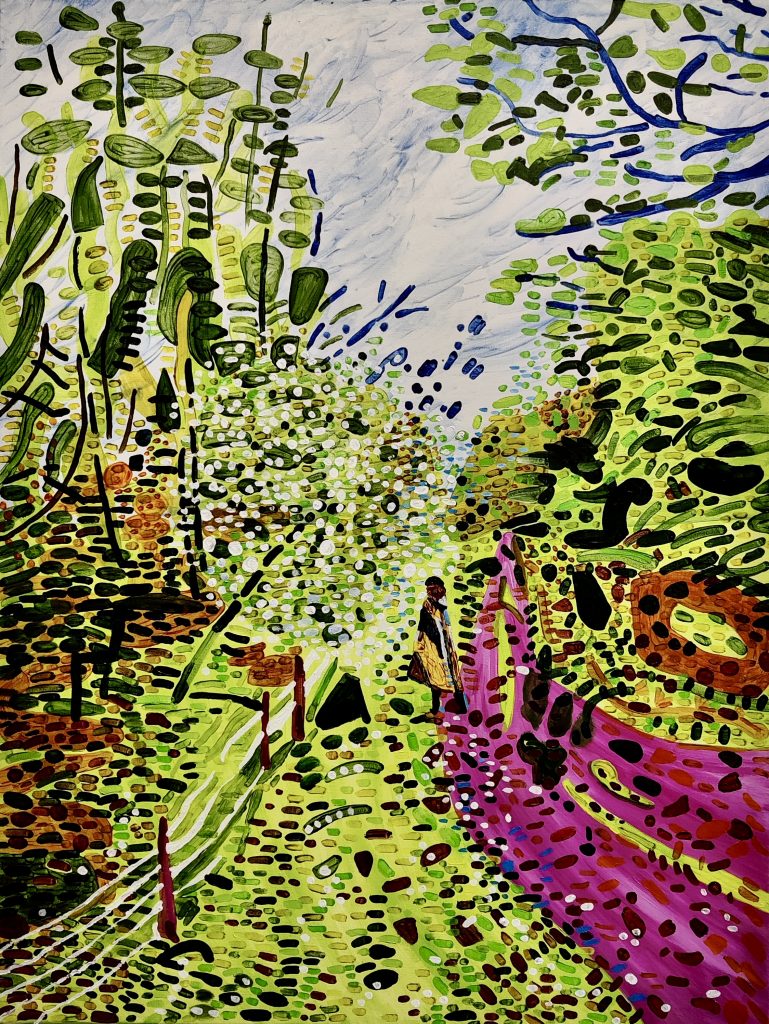
Presented by Kadip Gallery, London, the artist's landscapes investigate the boundaries of mark making.

Artnet Gallery Network

Every month, hundreds of galleries add newly available works by thousands of artists to the Artnet Gallery Network—and every week, we shine a spotlight on one artist or exhibition you should know. Check out what we have in store, and inquire for more with one simple click.
Originally from Bristol and currently based in Leeds, England, British artist Phill Hopkins (b. 1961) works across drawing, photography, and sculpture, but maintains a practice primarily focused on painting. As a child, Hopkins struggled in many classes in school but excelled in art—possibly attributable to his diagnosis of dyslexia. The artist has stated that, “The marks in my work are perhaps a kind of poetry or prose. My marks need to be precise, my best ‘handwriting’ and not slapdash. As I am dyslexic, these marks, more than English, feel like my first language. I’m literate in this tongue.”
Hailing from a working-class family, Hopkins initially took up work at a warehouse and subsequently a bakery. He was eventually accepted by Goldsmiths College of Art in London, where he received his B.F.A in 1985. Since then, he has had more than two dozen solo exhibitions across the United Kingdom and has been included in group exhibitions internationally. His work is in private collections around the world and may be found in the collections of the Royal Academy of Arts, London; Middlesbrough Institute of Modern Art; and Doncaster Museum and Art Gallery, among others.
Evoking the techniques of Impressionism, Hopkins paintings contain constellations of marks, together conveying the sense of a single moment captured. Before endeavoring on larger scale works, he begins with smaller drawings in which he can experiment and identify the color palette he prefers. This sometimes leads to vibrant, multicolor paintings, or, alternatively, nearly monochromatic approaches, such as his “Bardsey Island” series which sees Hopkins exclusively use shades of blue.
Aided by these preliminary explorations in composition and color, the resulting work conveys a deep sense of cohesiveness. Though, as Hopkins has observed, “My marks and gestures attempt to be independent and self-referential, but they are also shepherded by my mind’s tendency to scan and order into some form of representation.”
Represented by Kadip Gallery of London, Hopkins’ work is recognized for its unique engagement with and depiction of nature, and unified approach to composition and color.
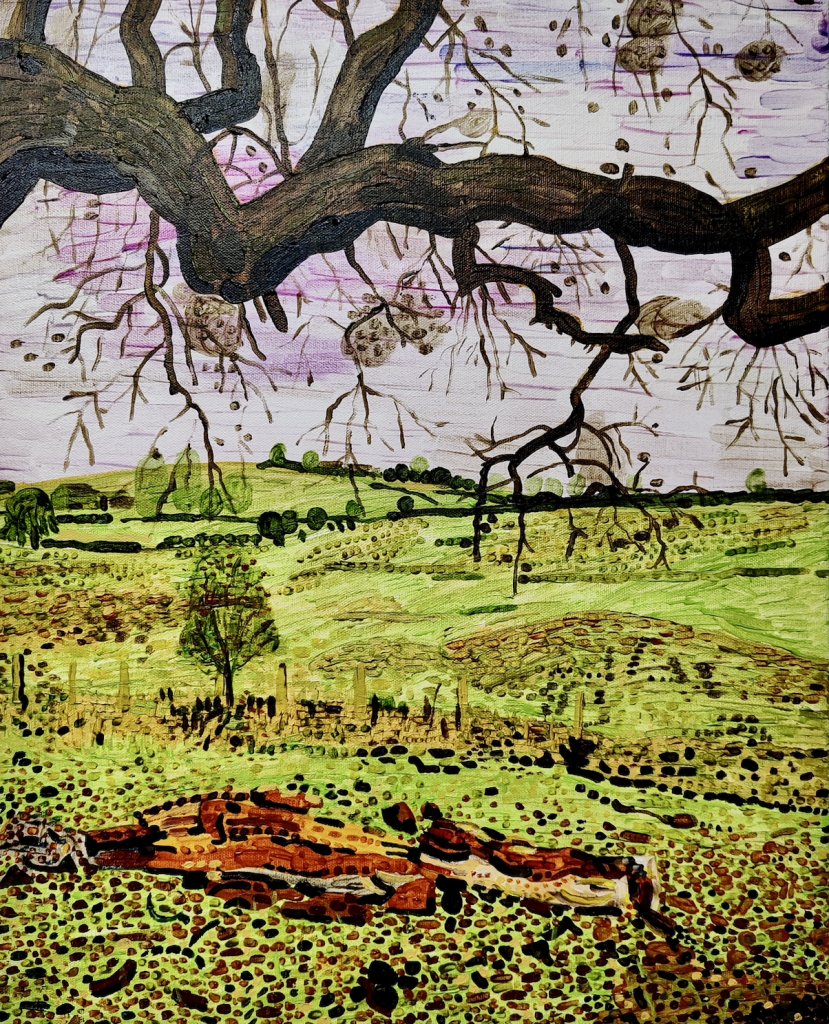
Phill Hopkins, Two Boughs (2023). Courtesy of Kadip Gallery, London.
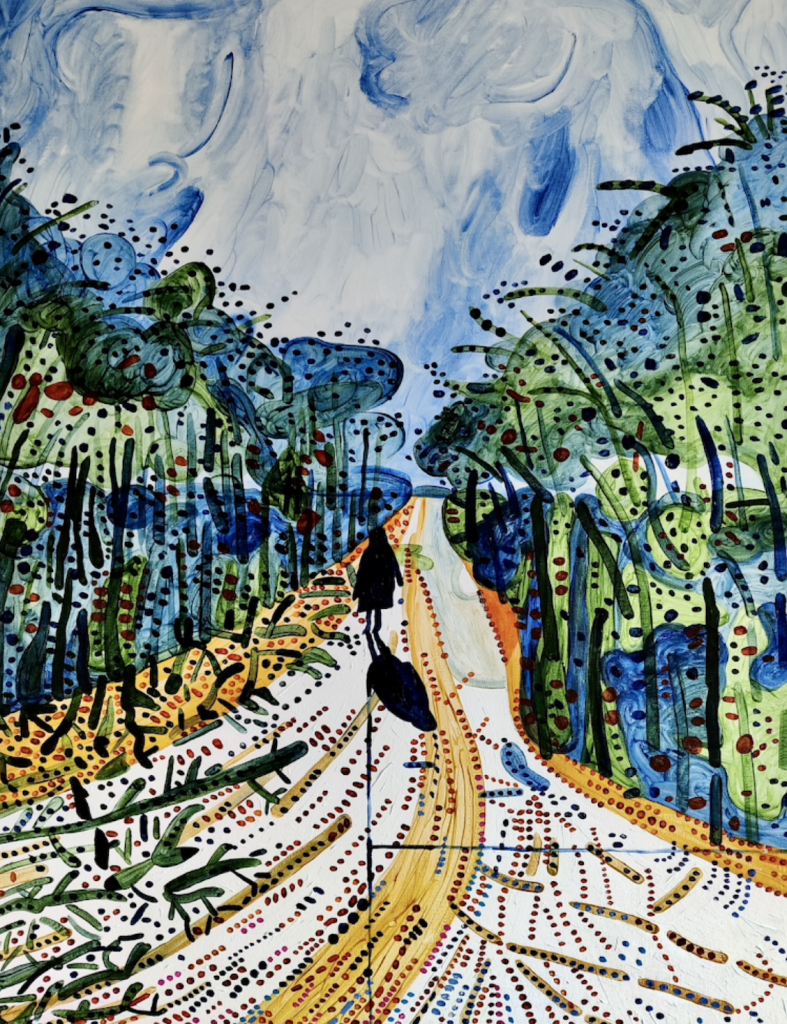
Phill Hopkins, TOWARDS THE QUARRY (WALKING AHEAD) (2022). Courtesy of Kadip Gallery, London.
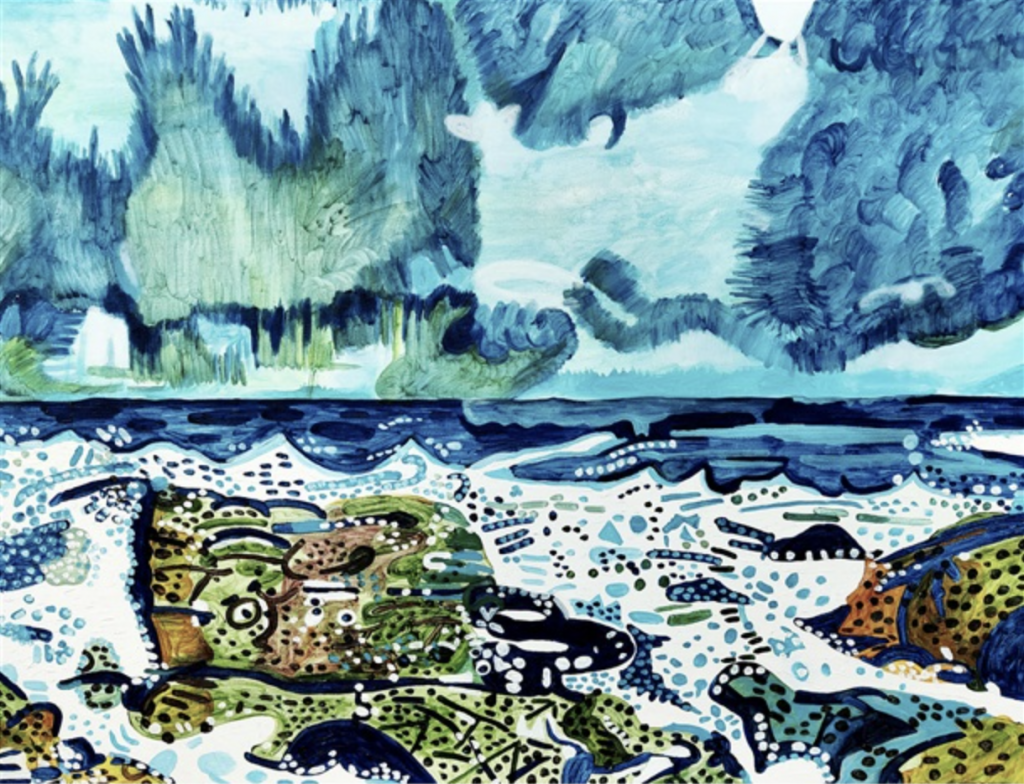
Phill Hopkins, In Haven (Capri) (Sea Pictures) (2023). Courtesy of Kadip Gallery, London.
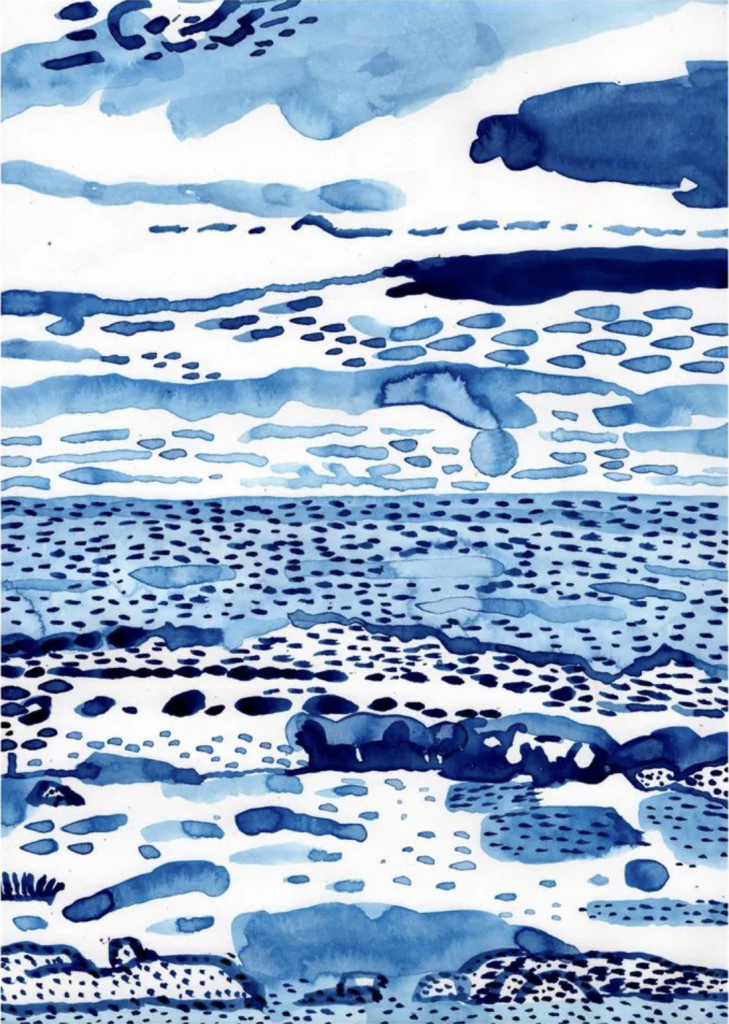
Phill Hopkins, Bardsey Island I (2022). Courtesy of Kadip Gallery, London.
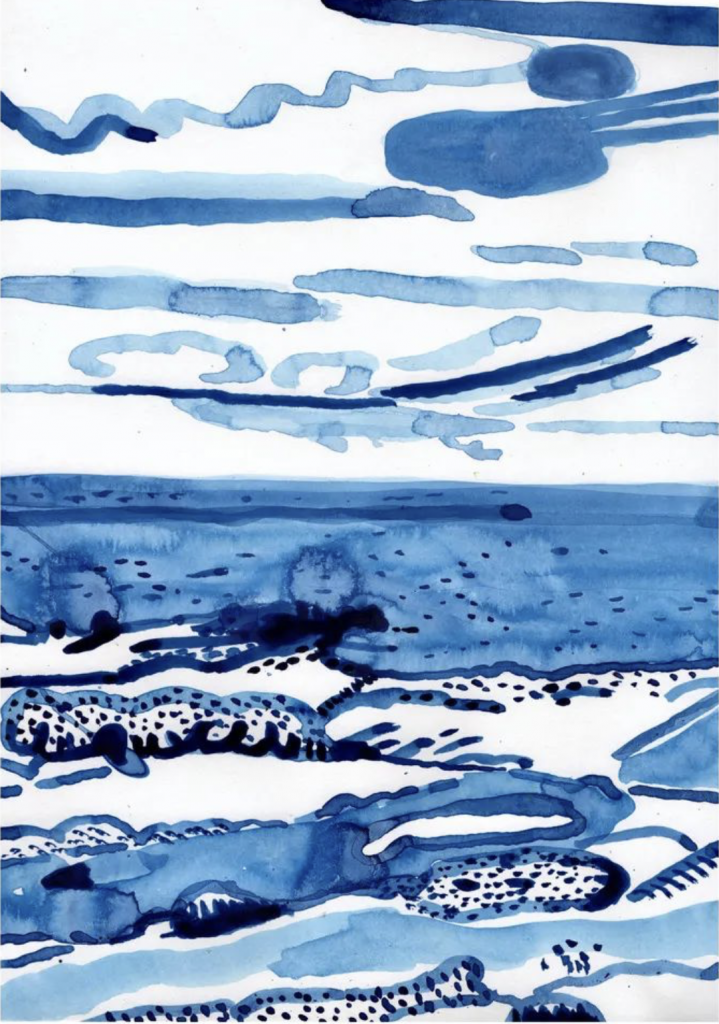
Phill Hopkins, Bardsey Island III (2022). Courtesy of Kadip Gallery.
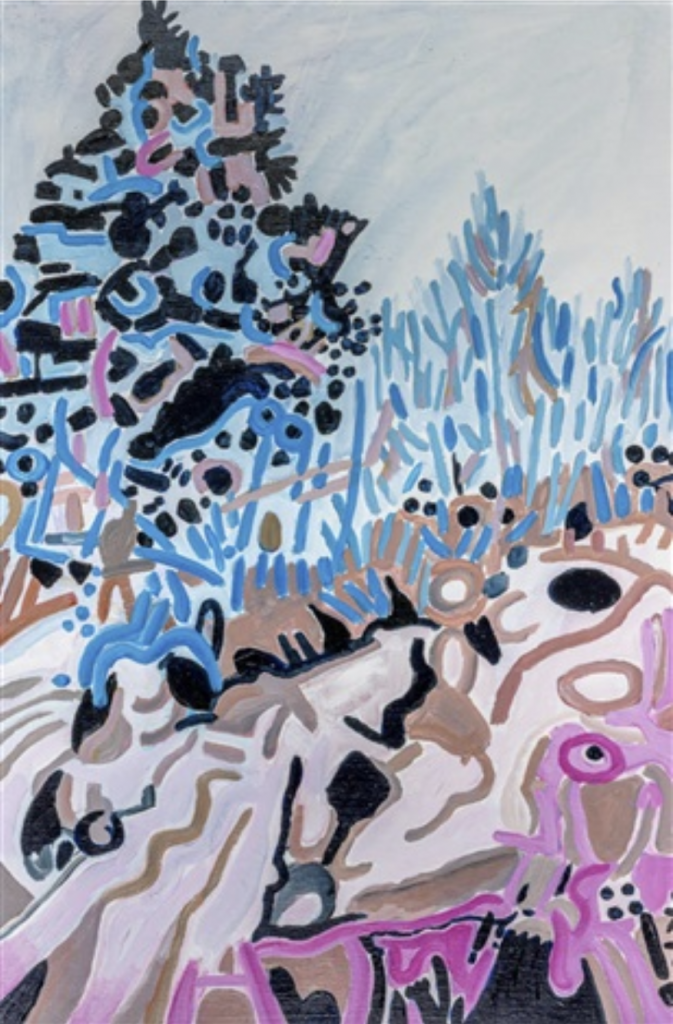
Phill Hopkins, Near Hall Lane II (Winterreise) (2021). Courtesy of Kadip Gallery, London.
Explore more artwork by Phill Hopkins with Kadip Gallery, London, here.